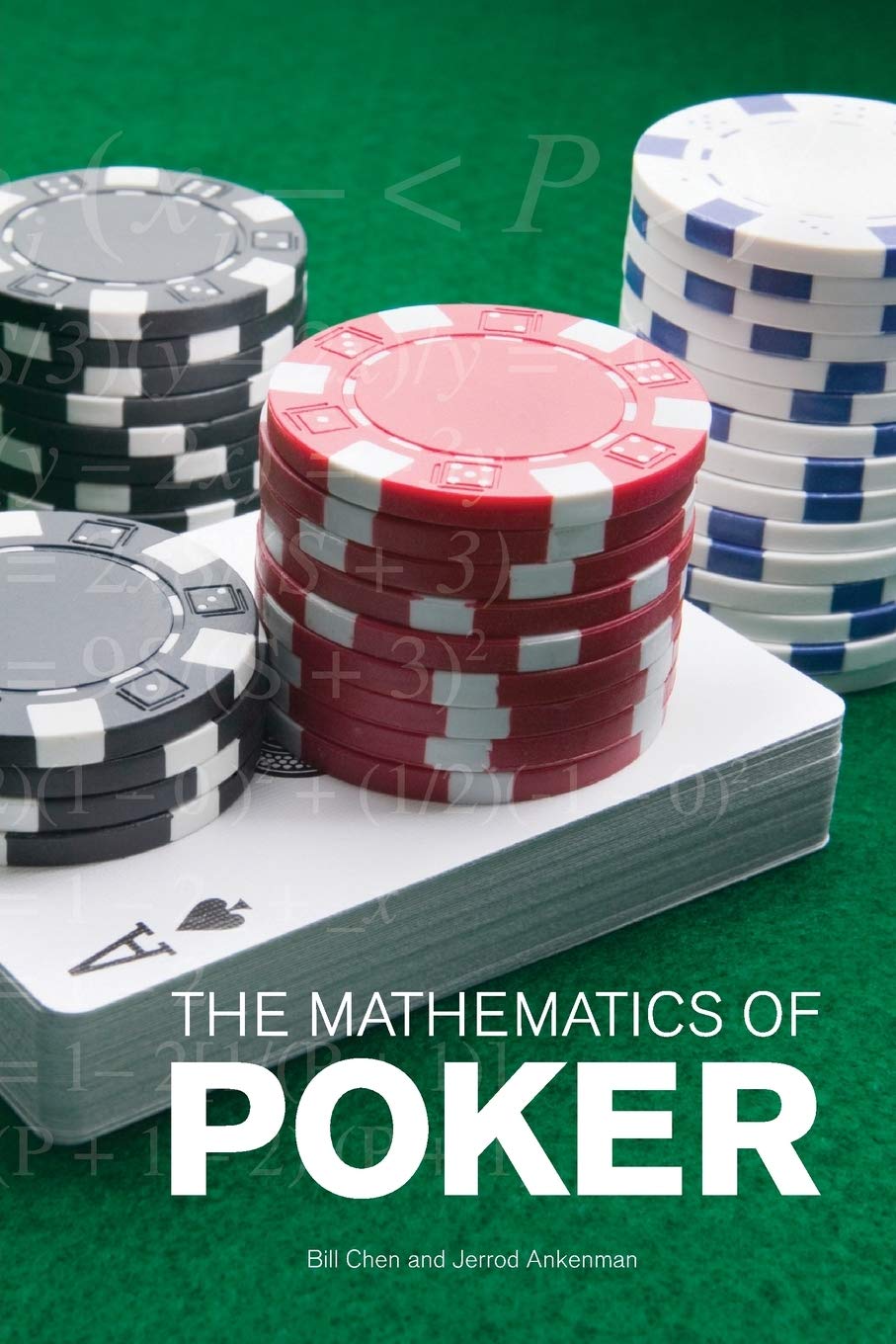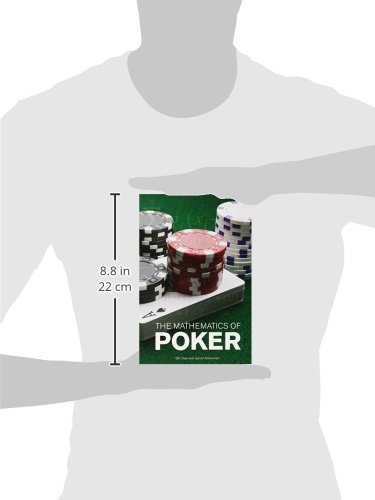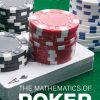The Mathematics of Poker
£7.00
For decades, the highest level of poker have been dominated by players who have learned the game by playing it, “”road gamblers”” who have cultivated intuition for the game and are adept at reading other players’ hands from betting patterns and physical tells. Over the last five to ten years, a whole new breed has risen to prominence within the poker community. Applying the tools of computer science and mathematics to poker and sharing the information across the Internet, these players have challenged many of the assumptions that underlay traditional approaches to the game.
Read more
Additional information
| Publisher | 1st edition (4 Jun. 2009), ConJelCo |
|---|---|
| Language | English |
| Paperback | 382 pages |
| ISBN-10 | 1886070253 |
| ISBN-13 | 978-1886070257 |
| Dimensions | 15.37 x 1.96 x 22.86 cm |






by Amazon Customer
Oh well.
by Eds
Very dry.
by Mr.G
Great read but this book was a little out of my scope . did get some tips but to behonest theres better books that will give you a better end result in a language we can all understand
by Krillkicker
Very detailed and enlightening. I am not a mathematician so I can not follow all of it but some of the conclusions have made me think again about some assumptions that I had taken for granted.
by Jon
A really great book, for those without strong maths it’s accessible if you’re prepared to put the time in to grok it. Great read for anyone interested in an introduction to the stats and probabilities involved in poker games.
by Kappa
the book is quite amazing but you can easily good the mathematics of poker pdf and get the book for free and also the fact that they dont offer a kindle version is annoying save yourself the amount it costs by getting it for free
by DigiTAL
I can sympathise with readers who had a hard time with this book. When this book came out I was in my first year of a maths-based undergraduate degree, but even I found the maths so hard going that I had to put the book to one side until I had started my second year. However, if you are a serious poker player you really should persevere, as this book’s message has totally revolutionised poker at the highest level — it has become, in every way, the poker geeks’ bible.
The first three chapters are a statistics primer for poker. This material is all good to know, and the treatment is much easier than many statistics textbooks, but I have a feeling that these chapters put off a lot of readers. If you don’t have an interest in mathematics, then you can actually get by in poker with very little knowledge of statistics, beyond knowing a few probabilities specific to your form of poker. The vast majority of the material in these chapters — manipulating the normal distribution, Bayesian vs. classical statistics, and Bayes’ theorem — can be skipped without much loss to your poker game or your understanding of the rest of the book.
Chapters 4-9 cover exploitive play. Not only is this material essential, but it is also intuitive, non-mathematically demanding, and very similar to most readers’ conception of poker. Just about every beginning- and intermediate-players’ thought processes are almost entirely exploitive. They form an idea of how their opponent is playing or thinking, and then they find an exploitive counter-strategy to use. Understanding these chapters will leave you well-placed to follow the rest of the book.
Chapters 10-21 cover optimal play, and this is where the book’s key strategic insights are located. Optimal play has some other names: “unexploitable play”, “game theoretic strategies”, “GTO poker”. Whatever name used, this is the way many top players approach the game. The core idea is, that instead of attempting to exploit your opponents, you should primarily adopt a safety-first approach by preventing players from exploiting you.
Chen and Ankenman take unexploitable poker to new levels. To keep the mathematics tractable, the authors primarily study “toy games” — simple representations of poker — instead of analysing actual situations that might arise at the table. In one of their two main toy games the 52 card deck is replaced by a three card deck; in the other, hands are replaced by a random number between zero and one for each player. These models capture the essence of poker — the ranking of hands — while removing the many complicating factors of specific games and situations.
This analytical method — creating a “model” of a situation — is very common in science. It might seem far removed from actual poker, but applying these methods to your game can lead to bountiful improvements in your results. Probably the biggest idea you can apply is their systematic solution to river play: they show exactly how the hands you bluff with, the hands you value bet with, and the hands you bluff-catch with are related to each other. In two chapters — “Chapter 21: A Case Study”, and “Chapter 30: Putting It All Together” — the authors become a little more accessible by showing the reader how their models can be related to real poker games.
I really can’t recommend this book highly enough; I think it offers the best roadmap for the truly dedicated player. Their “top-down” approach, starting off on the level of overall strategies and games, and then finally moving down to the level of playing individual hands, is in my opinion the best way of approaching poker. This is because ideas can easily be transplanted from one game or situation to another; given the variety of situations and differing forms of poker on offer, this is probably the most efficient way to become an expert player.
by Julian Lloyd
Good book but found it hard to read to start. Felt like I was studying for a maths exam rather than poker. Once you
Get your head round it though it’s a fantastic book